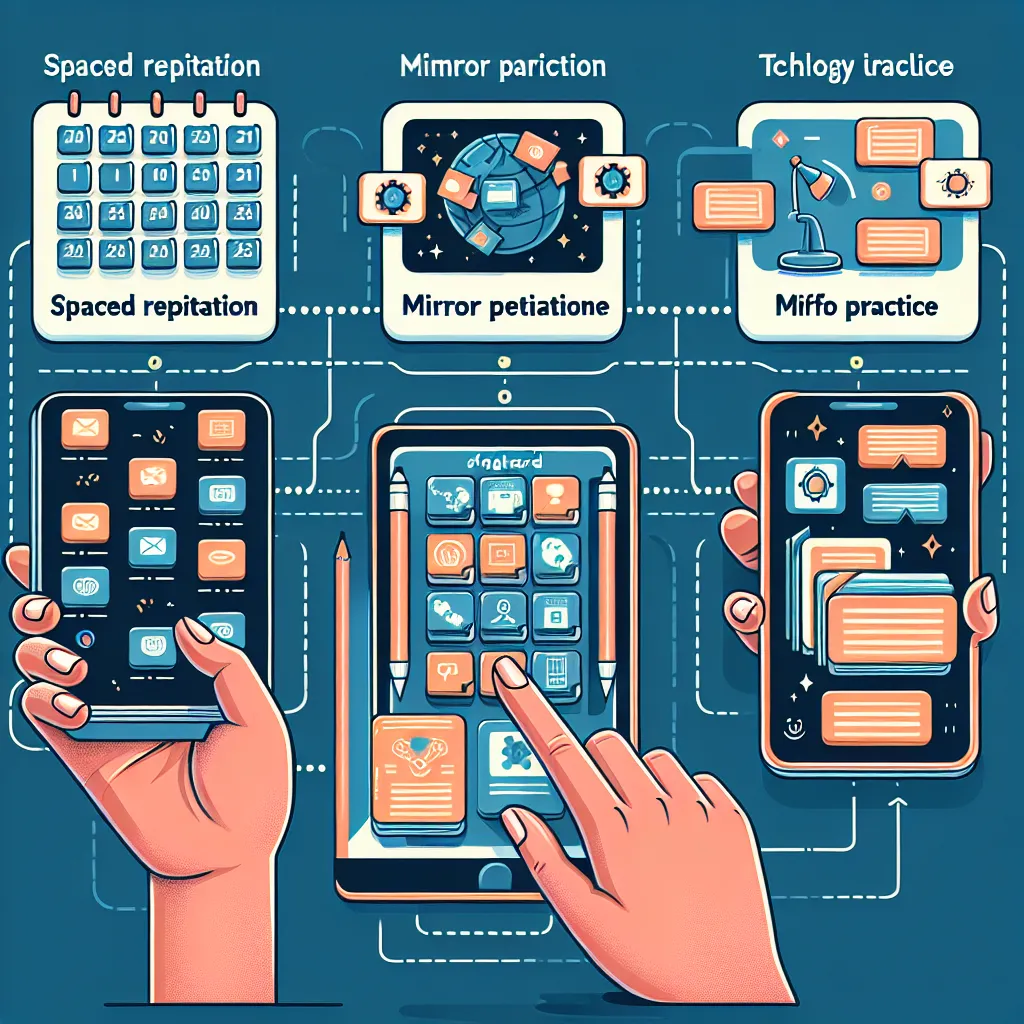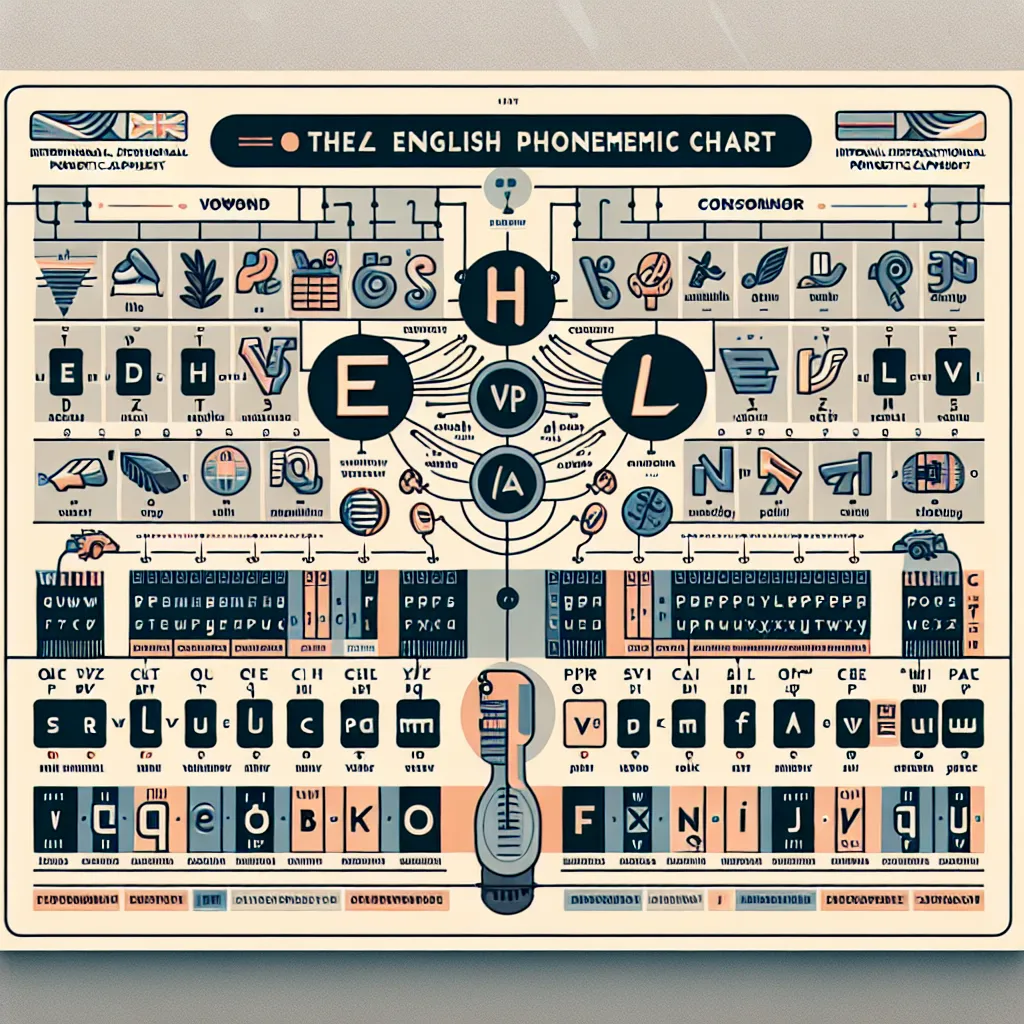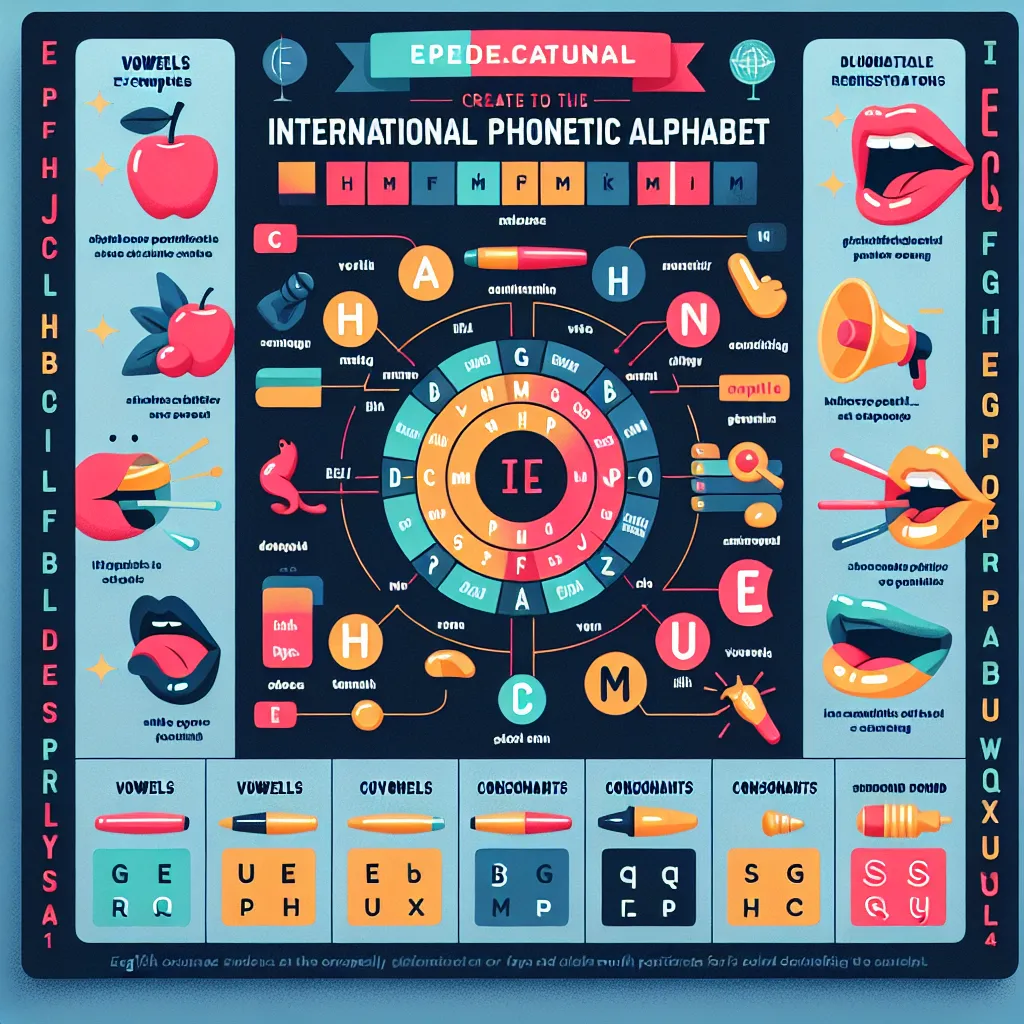Are you looking for an effective way to enhance your English pronunciation skills? Flashcards can be a powerful tool to help you master the sounds of English and improve your overall speaking ability. In this comprehensive guide, we’ll explore how to use flashcards effectively to boost your pronunciation skills, providing you with practical tips and strategies for learners at all levels.
Understanding the Importance of Pronunciation in Language Learning
Before we dive into the specifics of using flashcards for pronunciation practice, it’s crucial to understand why good pronunciation is essential in language learning. Clear pronunciation not only helps you communicate more effectively but also boosts your confidence when speaking English. It can be the difference between being understood and facing frustrating misunderstandings in conversations with native speakers.
 Importance of pronunciation in language learning
Importance of pronunciation in language learning
The Role of Flashcards in Pronunciation Improvement
Flashcards have long been a staple in language learning, traditionally used for vocabulary acquisition. However, they can be equally effective for improving pronunciation. Here’s why:
- Visual and auditory association: Flashcards allow you to connect the written form of a word with its correct pronunciation.
- Repetition and reinforcement: Regular review of flashcards helps ingrain correct pronunciation patterns in your memory.
- Portability and convenience: You can practice with flashcards anytime, anywhere, making them an ideal tool for consistent practice.
Creating Effective Pronunciation Flashcards
To get the most out of your flashcards for pronunciation practice, it’s important to create them effectively. Here are some tips to help you design the perfect pronunciation flashcards:
1. Choose Your Focus
Decide what aspect of pronunciation you want to work on. This could be:
- Individual sounds (phonemes)
- Word stress
- Sentence intonation
- Minimal pairs (words that differ by only one sound)
2. Include Visual Cues
On the front of your flashcard, include:
- The word or phrase written phonetically
- Stress marks for multi-syllable words
- Visual representations of intonation patterns for sentences
3. Provide Audio References
If possible, include QR codes or links to audio recordings of the correct pronunciation on your flashcards. This allows you to hear the correct pronunciation whenever you practice.
4. Add Context
Include example sentences or phrases that use the word in context. This helps you practice the pronunciation in real-world scenarios.
Effective Methods for Using Pronunciation Flashcards
Now that you have your flashcards ready, let’s explore some effective methods for using them to improve your pronunciation:
1. The Listen and Repeat Method
- Look at the written word or phrase on the flashcard.
- Listen to the correct pronunciation (if you have audio).
- Repeat the word or phrase, trying to mimic the correct pronunciation.
- Check your pronunciation by recording yourself and comparing it to the original.
2. The Minimal Pair Challenge
- Create flashcards with minimal pairs (e.g., “ship” vs. “sheep”).
- Practice distinguishing between these similar sounds.
- Try to produce both sounds accurately.
3. The Stress Pattern Drill
- Use flashcards with multi-syllable words.
- Practice placing the stress on the correct syllable.
- Exaggerate the stress to help internalize the correct pattern.
4. The Intonation Imitation Exercise
- Use flashcards with full sentences or questions.
- Focus on replicating the rise and fall of the voice as indicated on the card.
- Practice until the intonation feels natural.
Quick Tips for Maximizing Your Flashcard Practice
To get the most out of your pronunciation flashcard practice, consider these additional tips:
- Practice regularly: Set aside dedicated time each day for flashcard review.
- Use spaced repetition: Review cards at increasing intervals to reinforce long-term memory.
- Incorporate movement: Use hand gestures to represent stress or intonation patterns.
- Practice in front of a mirror: Watch your mouth movements to ensure proper articulation.
- Use technology: Take advantage of pronunciation apps that can provide instant feedback.
 Tips for effective flashcard practice
Tips for effective flashcard practice
Common Pronunciation Errors and How to Address Them with Flashcards
Even with regular practice, learners often encounter common pronunciation errors. Here are some frequent mistakes and how you can use flashcards to overcome them:
1. Th-sound Confusion
Many non-native speakers struggle with the “th” sound. Create flashcards with words containing “th” and practice the correct tongue position.
Example: “think” vs. “sink”
2. Vowel Length Errors
English has short and long vowel sounds that can change word meanings. Use flashcards to practice distinguishing between these.
Example: “ship” vs. “sheep”
3. Word Stress Mistakes
Incorrect word stress can make speech difficult to understand. Use flashcards with stress patterns clearly marked.
Example: “REcord” (noun) vs. “reCORD” (verb)
4. Silent Letter Omission
English has many silent letters that learners often mistakenly pronounce. Create flashcards highlighting these silent letters.
Example: “knife”, “psychology”, “island”
5. Consonant Cluster Simplification
Some learners tend to simplify complex consonant clusters. Use flashcards to practice these challenging combinations.
Example: “strengths”, “sixths”
The Phonemic Chart and Commonly Mispronounced Words
Understanding the International Phonetic Alphabet (IPA) and the English Phonemic Chart can greatly enhance your pronunciation skills. Here’s a brief overview of the Phonemic Chart and a list of 10 commonly mispronounced words related to using flashcards for pronunciation practice:
The Phonemic Chart
The Phonemic Chart is a visual representation of all the sounds in the English language. Familiarizing yourself with this chart can help you accurately reproduce English sounds.
 English Phonemic Chart
English Phonemic Chart
10 Commonly Mispronounced Words for Flashcard Practice
- Pronunciation (/prəˌnʌnsiˈeɪʃən/)
- Flashcard (/ˈflæʃkɑːrd/)
- Vowel (/vaʊəl/)
- Consonant (/ˈkɒnsənənt/)
- Syllable (/ˈsɪləbl/)
- Intonation (/ˌɪntəˈneɪʃən/)
- Stress (/stres/)
- Phoneme (/ˈfəʊniːm/)
- Articulation (/ɑːˌtɪkjʊˈleɪʃən/)
- Diphthong (/ˈdɪfθɒŋ/)
Create flashcards for these words, including their phonetic transcriptions, to practice both their pronunciation and their meanings in the context of language learning.
Conclusion
Improving your English pronunciation using flashcards is an effective and engaging method that can yield significant results. By creating well-designed flashcards, practicing regularly, and focusing on problematic areas, you can make substantial progress in your pronunciation skills. Remember, consistent practice is key to success in language learning.
We encourage you to start creating your own pronunciation flashcards today and to practice regularly. For more tips on improving your English pronunciation, check out our articles on tips for improving pronunciation of plurals and how to master pronunciation of difficult vowel sounds.
Do you have any favorite flashcard techniques for improving pronunciation? Share your experiences in the comments below, and let’s learn from each other!




